Ukraine's counteroffensive has progressed slowly over the past few weeks, but observers and allies say Kiev has not yet committed all its resources.
More than two weeks after the start of the counteroffensive was announced, the Ukrainian army has recaptured eight villages on the southern front, covering an area of about 113 square kilometers, according to Deputy Defense Minister Hanna Maliar. On the eastern Donetsk front, the 68th Ukrainian infantry brigade has advanced several kilometers from the town of Velyka Novosilka toward the city of Mariupol, about 120 kilometers away.
Ukrainian leaders and Western officials have acknowledged that the progress has been slow and has not met expectations of a large-scale counter-offensive, while Kiev’s losses have been considered high. The Russian Defense Ministry claims that Ukraine has lost more than 13,000 troops and a significant amount of weapons since the start of the counter-offensive.
The Washington-based Institute for the Study of War (ISW) said Kiev should halt its counterattack for a short time to reassess its tactics after better understanding Russia's military posture, its weaknesses and strengths in the opening battles.
Ukrainian Deputy Defense Minister Maliar admitted on June 20 that the defense line that the Russian army has built over the past year, along a frontline of more than 1,200 km, is very difficult to penetrate. She said that "the enemy is using all its forces to stop the counterattack", with many of the best units from Kherson being redeployed to the Donetsk and Zaporizhzhia fronts.
However, Maliar stressed that the counteroffensive campaign included multiple targets and that the military was deploying simultaneous attacks. "The enemy's actions are still within expectations. The biggest battle will come," said the Ukrainian deputy defense minister.
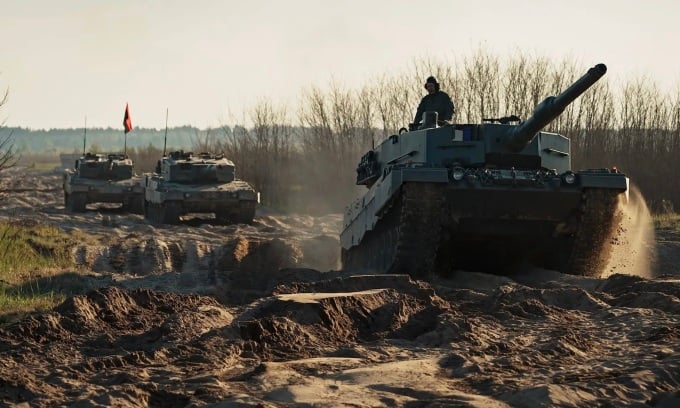
Ukrainian servicemen train with German-made Leopard 2 tanks at an undisclosed training ground on May 14. Photo: Global Images Ukraine
Observers also said that Ukraine has not yet fully deployed its resources in the initial phase of the counter-offensive. ISW assessed this week that most of Ukraine's main brigades have not yet entered combat, and Kiev has not yet indicated which areas of the front line the main counter-offensive will target.
Before launching the counteroffensive, the Ukrainian army had created 12 additional elite brigades, staffed with troops trained and equipped with weapons by the West. Ukrainian officials said they had only deployed two of these brigades, but did not say what the remaining units were doing or where they were located. Some experts estimate that Ukraine had used only about a quarter of its main force in the initial stages of the counteroffensive.
Czech President Petr Pavel, who served as chairman of the NATO Military Committee, assessed that Ukraine had not yet entered the stage of a full-scale counter-offensive. He said that the initial battles conducted scattered along the front line could be a "moderate start" for the Ukrainian army.
Pentagon spokeswoman Sabrina Singh asserted that the Ukrainian military “has the resources and capabilities to win.” Washington called on its allies to be patient as Kiev needed time to break through enemy lines, with daily battles as fierce as those at Bakhmut.
"We believe that Ukraine has been provided with the weapons and equipment they require for the current stage of the war. The war is still difficult. The Russian side will adjust its tactics but Ukraine will also adapt quickly," Singh said.
Mick Ryan, a former Australian Army major general and currently a military expert for the US Center for Strategic and International Studies (CSIS), assessed that Ukraine organized a large-scale counterattack in the early stages to confuse Russian military commanders.
While Moscow has not yet determined the location of the enemy's main attack, Kiev has more opportunities to protect the secrecy of its operations, and at the same time has many different smokescreen options. If Ukraine concentrates the majority of its forces in one area on the front line, it also risks falling into a "flanked" position and being counterattacked by the enemy, losing the territory it has just regained control.
"Operations on a large scale allow Ukraine to respond more effectively when the opportunity arises. If they concentrate too many forces on one front, they will not only face more danger in the modern warfare environment, but also lack flexibility and find it difficult to exploit the opponent's mistakes in time," Ryan commented.
Nick Paton Walsh, a CNN analyst in London, said that if Ukraine maintains its probing tactics long enough, it will create "cracks" in the enemy's defense network to focus on exploiting.
The way Russia has moved its forces to counter Ukrainian counterattacks in recent weeks could reveal valuable information about the readiness of each region along the 750-mile frontline, showing Moscow’s strategic priorities and the logistical challenges facing its front-line units. Ukraine also benefits from the West’s intelligence and satellite networks, increasing its chances of spotting any weaknesses in Russia’s defenses.
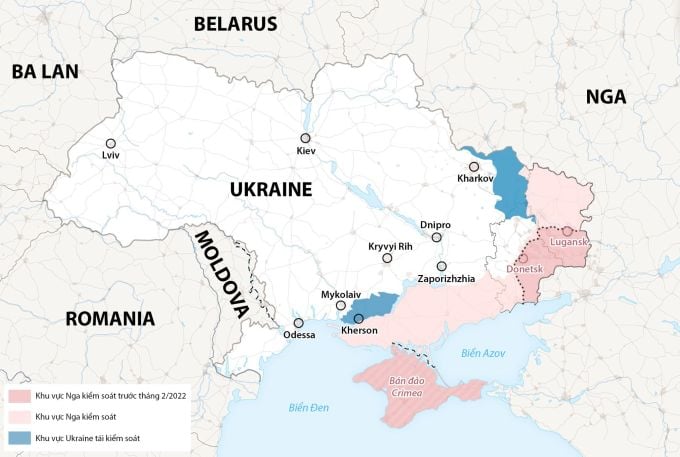
The situation of the war between Russia and Ukraine. Graphics: WP
The Ukrainian army is making notable progress in the western Zaporizhzhia region. The offensive there has met fierce resistance from Russian units defending with superior air power and artillery, but the Ukrainians have managed to advance to Pyatykhatky and appear to be heading towards the Russian-controlled city of Melitopol.
"This thrust is more advantageous for Ukraine because it is located near the city of Zaporizhzhia, thus providing logistical support, putting the Ukrainian army in a more favorable position to threaten the Crimean peninsula. But if they want to make significant progress, they must rely on the possibility of a partial breach of the Russian defense line," Walsh commented.
The leadership in Kiev seems to be more concerned about the southern front, especially the possibility of cutting off the land corridor linking Crimea with the Donbass region and Russia’s western provinces. This scenario would leave Moscow with two difficult choices: allow Crimea to be surrounded and its garrison to be attacked from the north, or withdraw and “freeze” the conflict to reduce losses.
"Moscow will never accept the second option, so Crimea could be surrounded when winter comes and Kiev will push Russian forces back to the 2014-2015 line or further back," Walsh predicted.
Mirk Ryan believes that Russian Chief of the General Staff Valery Gerasimov is actively trying to prevent a Crimean encirclement scenario, rather than accepting passive defense on all fronts. Despite depleted resources after more than a year of fighting, Russian units have organized attacks in Donetsk, Avdiivka, Bakhmut and Siverskyi Donets when the opportunity arises. This is a more complicated plan because Russia needs to gather combat and support forces in the context of strained defense on all fronts.
"These battles show that Mr. Gerasimov is really worried about the prospect of Ukraine gaining significant momentum on the southern front, regaining control of many territories and threatening the Crimean peninsula. He really wants to pull Ukrainian forces east and re-establish a stalemate to wear down the enemy's strength," Ryan commented.
Thanh Danh (According to CNN, Pravda, Newsweek )
Source link





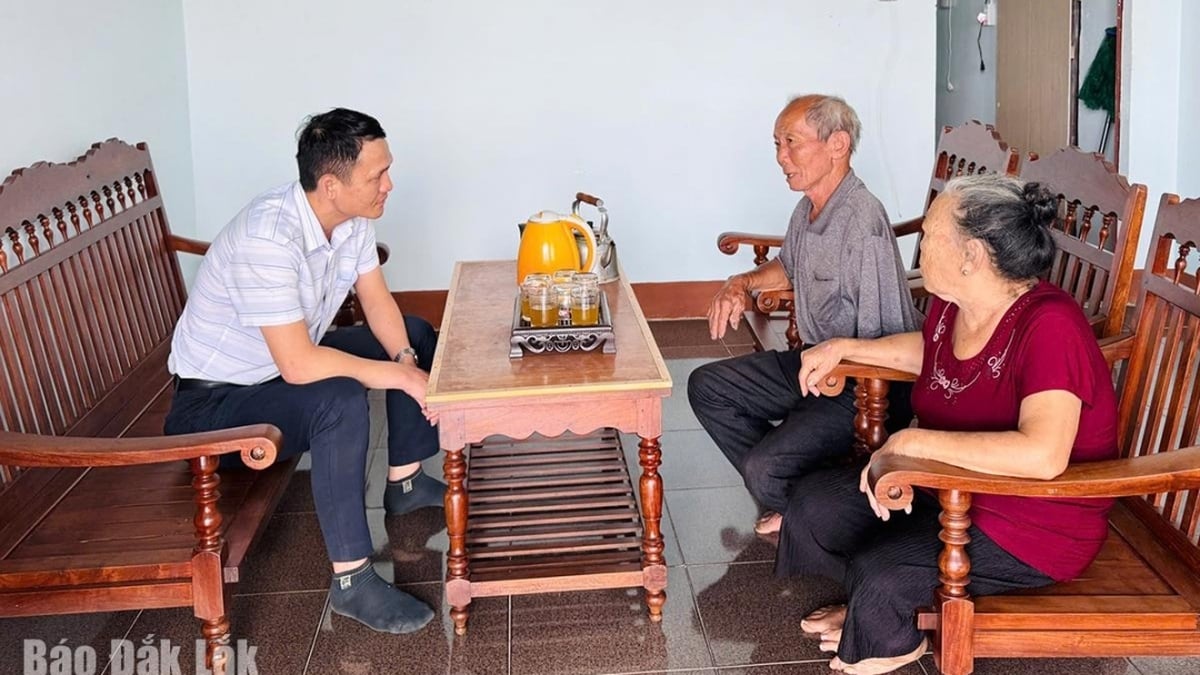





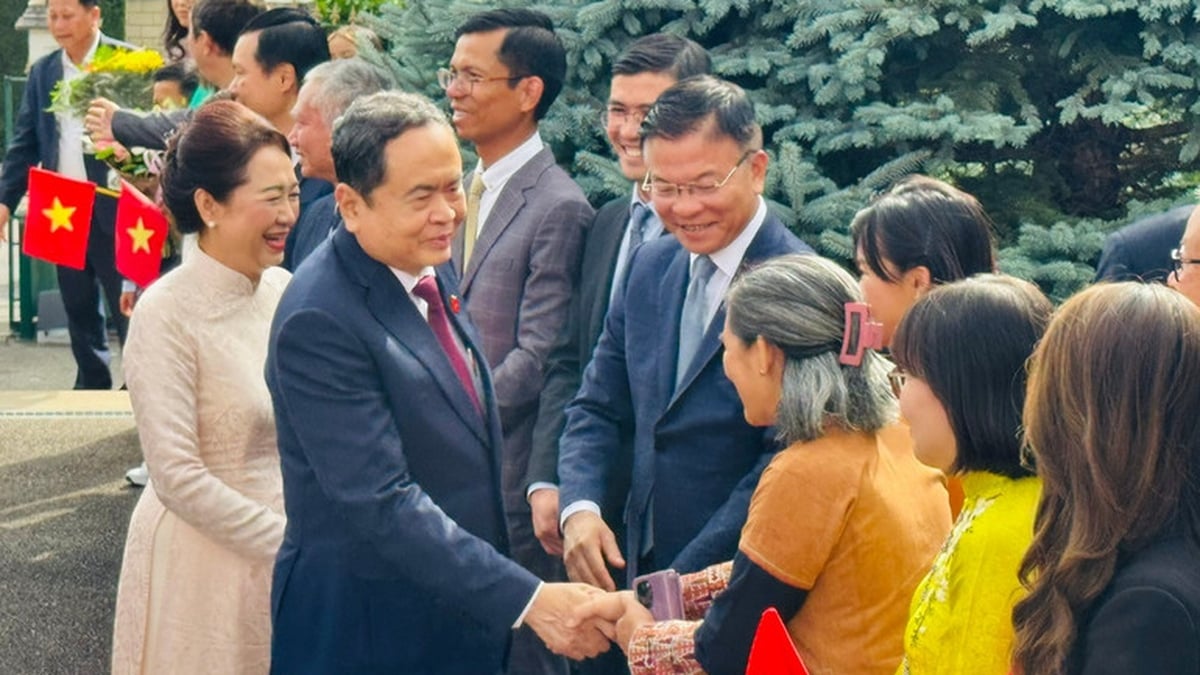


















































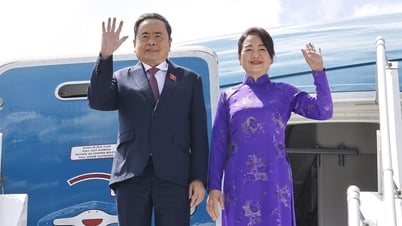



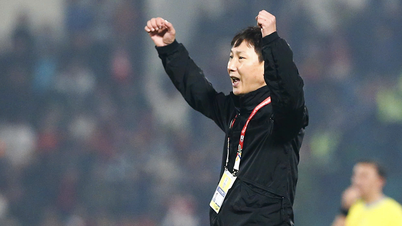

































Comment (0)